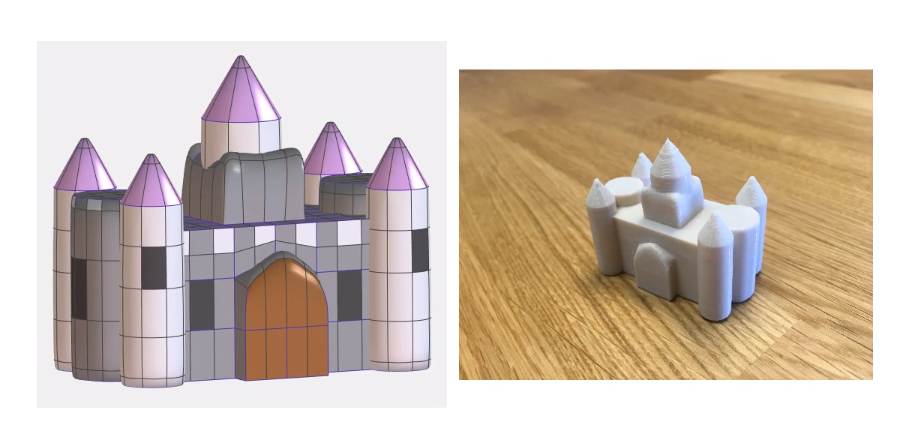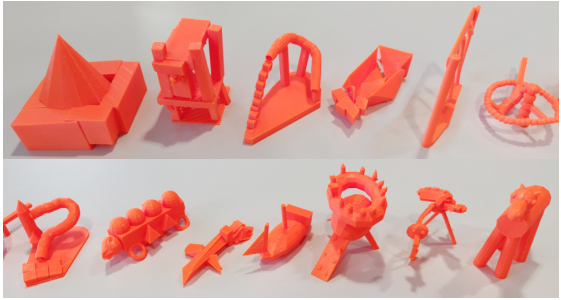SOLIDWORKS Apps for Kids is an ecosystem of apps designed to introduce children ages 4 and up to the principles of STEAM. The apps nurture their burgeoning engineering skills, taking kids through a child-friendly version of the design workflow process: Ideation, Creation, Enhancement, and, finally, Production.

In Apps for Kids, “Production” means Print It. The Print It app is where the models created and enhanced in the Shape It and Style It apps can come to life in the real world. With the ability to 3D print, 2D print, and cube print, Print It is a favorite among users of all ages.

3D printing with SOLIDWORKS Apps for Kids is simple. Once a model is ready for printing, users can switch to Print It and view their model in an approximately 8 inch/200 mm cube. From here, the model can be downloaded as an STL and used with any 3D printer. It’s super simple and compatible with all kinds of printers. We also have a partnership with Sindoh 3D Printers that makes 3D printing with SOLIDWORKS Apps for Kids even easier.

The dimensions of the Print It 3D print interface match that of the Sindoh 3DWOX DP201 printer. The 3DWOX DP201 is specifically designed for educational purposes, with a flexible print bed that allows kids, parents, or educators to easily and securely remove prints. Once connected, kids can print their models from anywhere using SOLIDWORKS Apps for Kids. If you have a different Sindoh 3D printer, don’t worry, now SOLIDWORKS Apps for Kids can print to any Sindoh 3DWOX printer. Your model’s size can be scaled up or down, and multiple copies can be printed at once. Cloud printing to a Sindoh 3DWOX 3D Printer is a breeze, and the sky is the limit with the educational mission of the 3DWOX DP201.
Don’t have access to a 3D printer and still want a three-dimensional view of your model? Cube print is an immensely popular feature in SOLIDWORKS Apps for Kids that does just that. By using cube print, six views of a model are arranged on a flattened cube. Once printed on paper, you can cut, fold, and glue or tape the cube together to make a 3D version of your design. It’s a great way to introduce kids to orthographic views, while turning their models into a fun crafting project and giving them something 3D to play with.
Sometimes, kids just want a cool picture to draw on or hang up on their wall. With Apps for Kids, that’s a piece of cake. In the Style It app, kids can paint their models with all sorts of colors and add scenic backgrounds to make their creations pop. Want to see that background in the real world? After shifting to Print It, users are able to print of a 2D image of their model in the middle of a scene.
With the 2D Print functionality, models can also be printed as color-by-numbers pictures, allowing kids to hand-draw whatever they want on their models and give them their own background. The model becomes an outline, and kids can use a number key to color in different loops and areas. Kids can get as creative as they want, building their own design and coloring to their hearts’ content.
Print It is a fun way to literally bring kids’ models into the real world. Kids of all ages have the ability to produce their own models and bring them to life. The workflow found within SOLIDWORKS Apps for Kids is the best way to start your child off on their journey through design and engineering. Learn more and sign up on the SOLIDWORKS Apps for Kids website.



